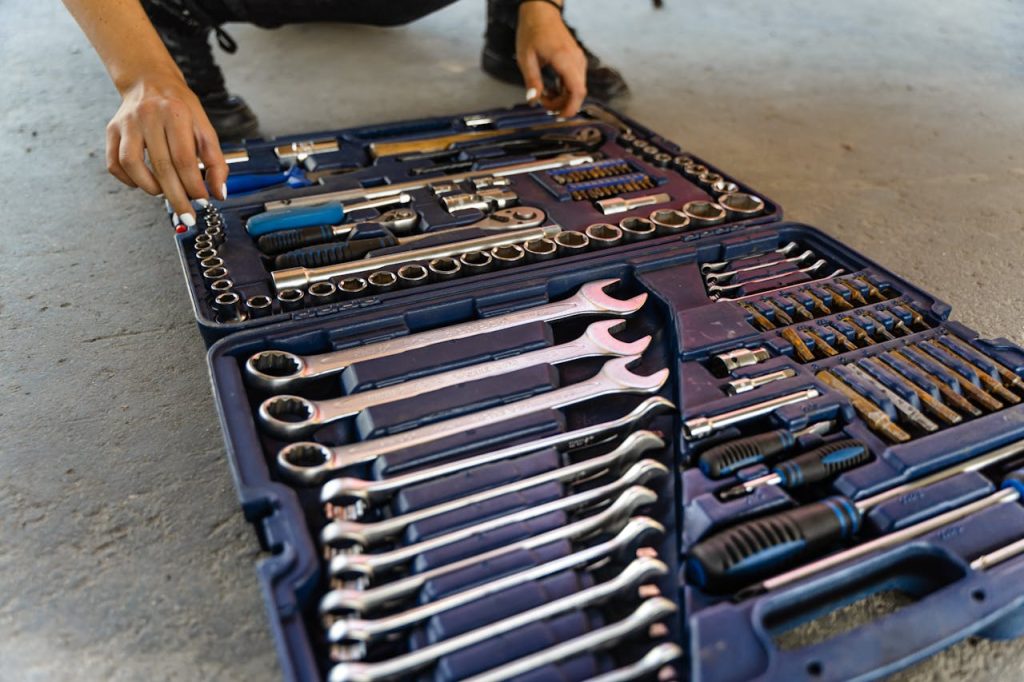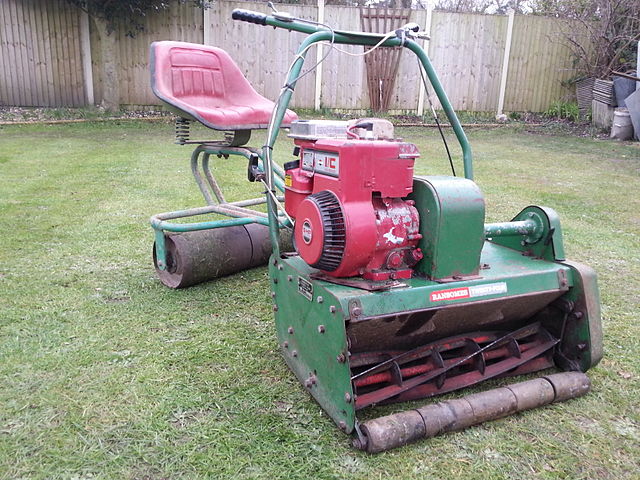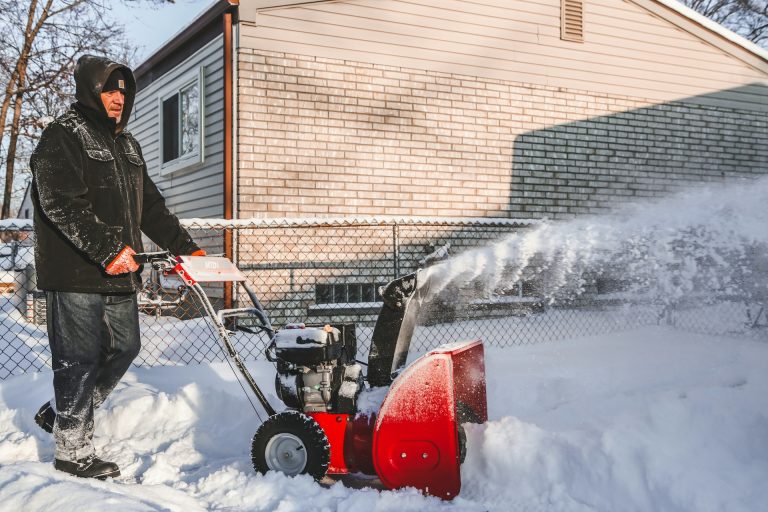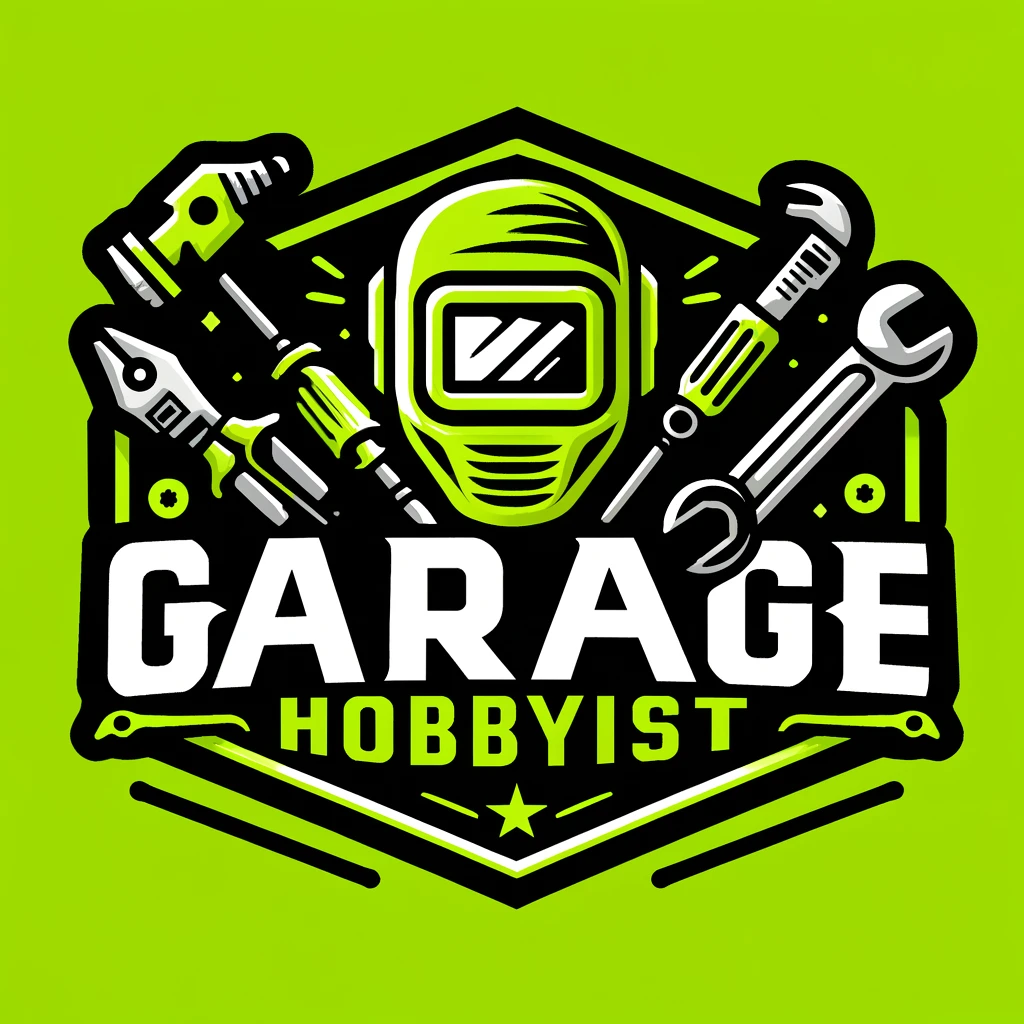Introduction: Embracing the Grease
Ah, small engines! Those marvels of engineering that power our lawnmowers, chainsaws, snowblowers, and go-karts. They’re the unsung heroes of our backyards and garages. Yet, when they sputter, cough, or just give up the ghost, many of us throw up our hands and call in the pros. But what if I told you that with a little knowledge, a few tools, and a dash of courage, you could become the master of these mighty mini-motors? Join me on a journey to demystify small engine repair, and along the way, we’ll sprinkle in some humor to keep things light. After all, if you can’t laugh while elbow-deep in engine grease, what can you laugh at?
This page contains affiliate links in which we receive a small commission at no additional cost to you. As an Amazon Associate I earn from qualifying purchases.
Why Bother? The Benefits of DIY Small Engine Repair
Before we dive into the nuts and bolts, let’s talk about why you should even consider this endeavor:
- Save Money: Hiring a repairman can cost as much as a small engine itself. By doing it yourself, you save on labor costs and possibly even parts if you can refurbish them.
- Self-Sufficiency: Knowing how to fix things on your own builds confidence and independence. Plus, you’ll never be at the mercy of a repair shop’s schedule.
- Immediate Gratification: No waiting weeks for a repair appointment. Fix it now, use it now.
- Hobby Potential: Many find small engine repair to be a satisfying hobby. There’s something zen-like about bringing an engine back to life. Old engines are interesting! Did you know Briggs & Stratton made kick start gas engines to power washing machines?
- Bragging Rights: Imagine the look on your neighbor’s face when you casually mention you rebuilt your lawnmower engine over the weekend. Priceless.
Getting Started: Tools of the Trade
Before you can play doctor to your ailing engine, you’ll need the right tools. You don’t need a ton of tools to start repairing basic small engine issues. In fact, you may have some of these in your tool box already!

Here’s a basic list:
- Screwdrivers: Both flathead and Phillips. You’ll need these for obvious reasons. Various sizes and lengths are helpful for tight areas, or adjusting jets on carburetors.
- Socket Set: Engines are held together with bolts, and you’ll need a good set of sockets to take them apart. A good 1/4″ set will handle most small engine needs. I like the TEKTON 1/4″ set for its quality, warranty, and value.
- Wrenches: A variety of sizes, because one wrench does not fit all. Adjustable wrenches have their place, but they are not the best for small bolts and tight spaces.
- Pliers: For gripping, pulling, and occasionally, for bending things back into shape. Get at least one pair of groove joint pliers with teeth for gripping round pipe. SK Tools has a set that covers a lot of bases at an affordable price
- Spark Plug Wrench: A special tool for removing spark plugs. Depending on the engine, a regular wrench can be used. Your socket set may also include one.
- Feeler Gauge: For measuring gaps, especially useful when setting the gap on a spark plug. These are inexpensive and a must have for certain repairs. Gearwrench makes a nicely priced, USA made set that will cover all of your small engine needs.
- Oil Pan: To catch the old oil when you do an oil change. Otherwise, your driveway will become an oil slick. It doesn’t hurt to have a couple, they are great for putting under parts that need to be sprayed with carb or break cleaner.
- Carburetor Cleaner: This stuff is like magic in a can for cleaning out gunked-up carbs.
- Service Manual: A guide specific to your engine model can be a lifesaver. There are many free resources and communities online where you can find PDF versions. See the end of this post for some helpful links!
- Parts Organizers: Often overlooked, a few divided parts boxes will help keep you organized when dissembling your engine, and make things easy to find when putting it back together. There are many small parts to keep track of. I like boxes that have deeper removable bins like the Dewalt T-Stack organizers.

The Basics: How Small Engines Work
Let’s break it down Barney-style. A small engine operates on the same principles as your car’s engine, but on a smaller scale. Here are the basics:
- Fuel: Gasoline mixes with air to create a combustible mixture.
- Compression: The engine compresses this mixture.
- Spark: A spark plug ignites the compressed fuel-air mixture, causing an explosion.
- Exhaust: The explosion pushes the piston, creating power, and then the exhaust valve opens to release the spent gases.
Simple, right? Now let’s get into the meat and potatoes of common problems and how to fix them.
Common Issues and How to Fix Them
1. The Engine Won’t Start
This is the most common issue and can be caused by a variety of factors.
Check the Fuel: Is there gas in the tank? Don’t laugh. We’ve all been there. Make sure it’s fresh because old gas can go bad and lose its combustibility.
Spark Plug: Remove the spark plug and inspect it. If it’s dirty or fouled, clean it with a wire brush or replace it. Check the gap with a feeler gauge and adjust if necessary.
Air Filter: A clogged air filter can prevent the engine from getting the air it needs. Clean it or replace it if it’s really dirty.
Fuel Line and Carburetor: Make sure fuel is reaching the carburetor. If the fuel line is clogged or the carburetor is dirty, clean them out. Carburetor cleaner is your friend here.
2. The Engine Runs Rough
If your engine sounds like it’s auditioning for a part in a horror movie, it’s likely not running smoothly.
Spark Plug: Again, check the spark plug. A weak spark can cause rough running.
Fuel Issues: Ensure the fuel is clean and the carburetor is properly adjusted. A dirty carburetor can cause the engine to run lean (too much air) or rich (too much fuel).
Compression: If the engine has poor compression, it won’t run right. This could be due to worn piston rings or a bad gasket. If you’re feeling brave, you can dive into a compression test and possibly an engine rebuild.
3. The Engine Overheats
An overheating engine is a recipe for disaster.
Cooling Fins: Make sure the cooling fins are clean and free of debris. These fins help dissipate heat, and if they’re clogged, the engine can overheat. Engine shrouds should always be re-installed. On some engines they are critical for directing air to the cylinder heads. An air compressor with a blow gun is very handy for this, but not mandatory.
Oil Level: Check the oil level. Low oil can cause overheating and damage the engine. Always keep the oil at the recommended level. Change the oil and filter (if equipped) often!
Carburetor Adjustment: An improperly adjusted carburetor can cause the engine to run too hot. Make sure it’s set according to the manufacturer’s specifications. It can also cause backfiring out of the exhaust or carburetor.
Maintenance Tips: Keeping Your Engine Happy
Preventative maintenance is key to keeping your small engine running smoothly.
- Regular Oil Changes: Just like your car, your small engine needs regular oil changes. Consult your manual for how often to change it. You may need to run specific oil weights based on temperature and engine age.
- Clean Air Filter: Check and clean the air filter regularly. A dirty filter can reduce performance and efficiency. Some filters need to be reoiled periodically to filter properly.
- Fuel Stabilizer: If you’re storing your equipment for an extended period, add fuel stabilizer to the tank. This prevents the gas from going bad. Seafoam and Stabil are popular choices
- Spark Plug Replacement: Change the spark plug at least once a season. It’s a cheap part that makes a big difference. A bad spark plug can cause a lot of grief, have extras ready to go.
- Keep it Clean: Regularly clean the exterior of the engine. Dirt and debris can cause overheating and other issues. If the engine is going into storage for winter, check for mouse nests in the spring. Mice like to hide behind the shrouds!

Conclusion: The Sweet Smell of Success
Learning to repair small engines isn’t just about fixing things; it’s about gaining a deeper understanding of how things work and achieving a sense of accomplishment. Plus, there’s a certain satisfaction in hearing that first sputter and roar of an engine you’ve nursed back to health.
So, roll up your sleeves, grab your tools, and dive into the world of small engine repair. Remember, every expert was once a beginner, and every repair job is a step closer to mastery. And when all else fails, you can always call a professional—after all, they need to eat too.
Happy tinkering, and may your engines run smoothly and your hands stay relatively grease-free!
Resources
Engine Parts and Information:
E Replacement Parts
Jacks Small Engines
Briggs & Stratton
I Save Tractors
Small Engine Communities with Reference Material/Manuals:
Garden Tractor Talk
Lawn Site
Reddit /rSmallEngines
